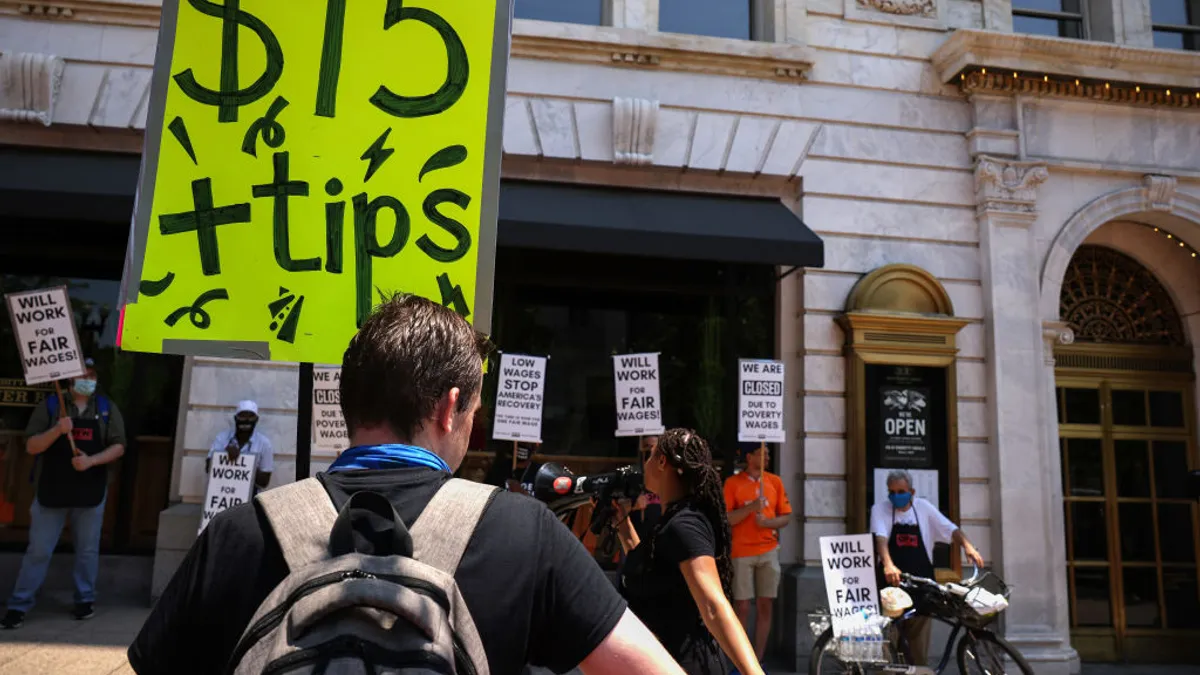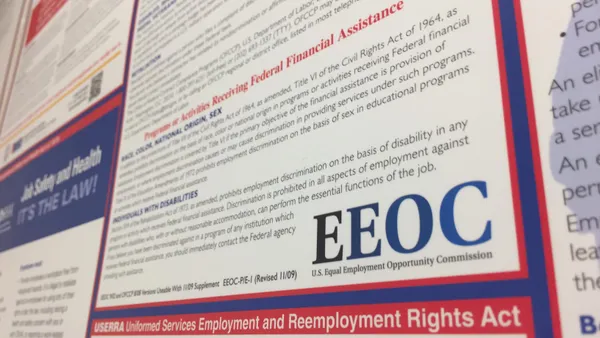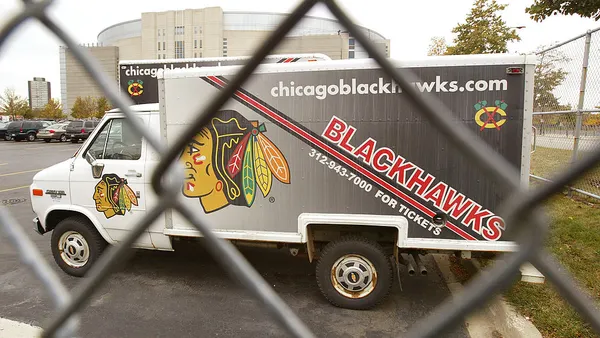July 24 marks 16 years since the federal minimum wage last was increased, according to the U.S. Department of Labor.
First established in 1938, the federal minimum wage has plateaued at $7.25 per hour, or $15,080 a year. Despite stagnation at the federal level, 30 states and four U.S. territories have enacted their own higher minimum wages, ranging from $8.75 in West Virginia to $17.95 in Washington, D.C., effective July 1.
Over the years, several groups have campaigned to raise the minimum wage, including the popular Fight for $15 effort started by fast food workers in New York.
Some businesses, too, support raising the minimum wage. Business for a Fair Minimum Wage, a network of business owners, executives and business organizations, said a higher minimum wage would lead to increased consumer spending, lower turnover and improved productivity.
“Business owners in states still at the $7.25 minimum wage say it is depressing consumer spending and bad for business and the economy,” the group said in a recent news release. “Raising the federal minimum wage is the only way to ensure that workers across the country earn decent wages wherever they live and whoever they work for.”
However, a number of organizations, including the U.S. Chamber of Commerce and the National Restaurant Association, oppose a federal minimum wage hike, saying it would lead to layoffs and higher costs for consumers.
Read on for some key stats on the minimum wage.














